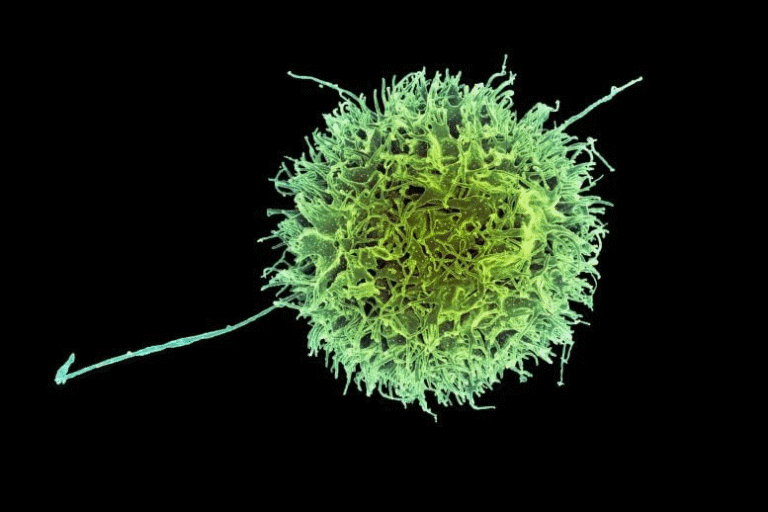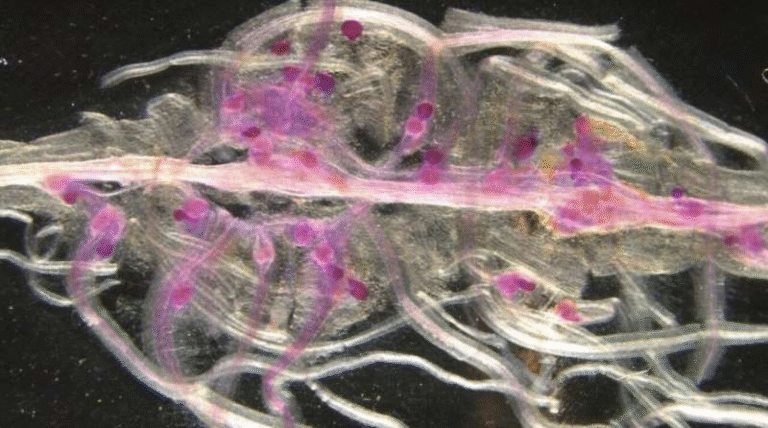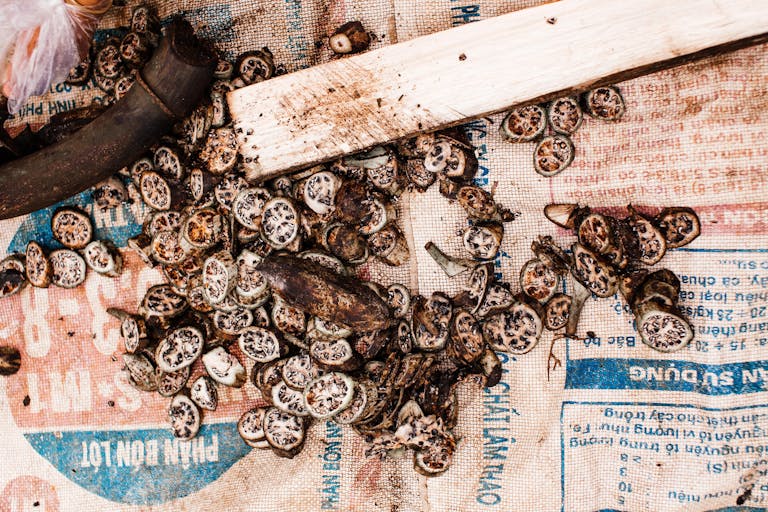Oregon’s Ochre Sea Stars Are Making a Remarkable Comeback After a Decade of Decline

After years of devastation caused by a deadly marine epidemic, the ochre sea star — a bright orange, purple, and brown tide pool icon along the Oregon Coast — is finally showing strong signs of recovery. New research led by scientists from Oregon State University (OSU) and Cal Poly San Luis Obispo reveals that populations of these keystone predators are rebounding across much of the coastline, thanks in part to a mysterious “baby boom” that began several years after the massive die-off.
The study, recently published in the journal Ecosphere, examined the sea star populations over an impressive 23-year period at eight intertidal sites in Oregon. The researchers found that after the population crash of 2014, when ochre sea star numbers fell by as much as 84%, an extraordinary wave of juveniles suddenly appeared — increasing by nearly 8,000% in some areas. Many of those young recruits, nicknamed the “baby boomers,” have now grown into adulthood, helping the species regain its foothold in the ecosystem.
A Decade After the Wasting Disease Outbreak
The sea star wasting disease outbreak that began in 2013 was one of the worst marine epidemics ever recorded. It spread rapidly from Alaska to Mexico, wiping out populations of more than 20 sea star species, including the ochre sea star (Pisaster ochraceus). Affected sea stars developed lesions, twisted arms, and eventually disintegrated, giving them a “melting” appearance.
For years, scientists struggled to identify the cause. It was only recently that an international research collaboration led by experts from the University of British Columbia, University of Washington, U.S. Geological Survey, and Hakai Institute pinpointed a strain of the bacterium Vibrio pectenicida as the primary culprit. This discovery, published in Nature Ecology & Evolution, helped explain the mechanism behind the mysterious disease, but by then, many populations had already collapsed.
In Oregon, the loss of ochre sea stars was particularly alarming because they are a keystone predator — a species that plays a critical role in maintaining ecosystem balance. By preying on California mussels, ochre sea stars prevent these shellfish from forming dense mats that monopolize rock surfaces. Without sea stars, mussel beds spread unchecked, crowding out other species like barnacles, limpets, and seaweeds. Their disappearance threatened to unravel the diversity of life in Oregon’s intertidal zones.
Evidence of a Strong Recovery
The new study by OSU’s Bruce Menge and Cal Poly’s Sarah Gravem provides the clearest evidence yet that ochre sea stars are bouncing back. The researchers found that populations have now reached or even exceeded pre-disease levels in several locations. At three-quarters of the study sites, sea star predation on mussels has returned to rates similar to those observed before the epidemic.
However, the recovery isn’t uniform. While the number of sea stars has risen dramatically, their average body size remains smaller — between 25% and 65% smaller than historical averages at most sites. This suggests that although many juveniles have survived and grown, full recovery in terms of adult population structure may take more time.
The scientists also noticed that populations are less stable year-to-year than they were before the outbreak. In the past, Oregon’s sea star populations were dominated by large, mature adults and showed relatively consistent numbers each year. Now, they fluctuate more widely, likely due to intermittent disease resurgences and irregular pulses of new recruits.
Despite these fluctuations, the return of healthy sea star populations is a positive sign for the Oregon Coast ecosystem. Their renewed predation on mussels has reopened space on intertidal rocks, allowing more biodiversity to thrive once again.
What Triggered the Sea Star “Baby Boom”?
One of the biggest mysteries the study highlights is why such a massive baby boom occurred after the die-off. The connection between the population crash and the surge in juveniles remains unclear.
Researchers propose two main possibilities. The first is that the baby boom may have been directly linked to the disease event — perhaps the sudden loss of adults freed up resources or habitat, enabling a new generation of larvae to settle and survive. The second possibility is that it was pure coincidence, driven by favorable environmental conditions like ocean temperature, current patterns, or food availability that happened to align at the right time.
Either way, the outcome has been surprisingly positive. The researchers note that this pattern suggests a degree of resilience in ochre sea stars — the capacity to rebound from even catastrophic population losses. If the baby boom was indeed tied to the disease event, it could mean these sea stars have evolved or maintained mechanisms that allow them to recover naturally after such crises.
Why Ochre Sea Stars Matter So Much
For those who have spent time exploring tide pools, ochre sea stars are one of the most recognizable and beloved marine creatures. Found along the Pacific Coast of North America, they typically range from Alaska to Baja California, thriving in the mid-intertidal zone. They’re known for their five robust arms, rough texture, and striking coloration — from deep orange and purple to mottled brown.
But beyond their beauty, ochre sea stars are essential to maintaining ecological balance. When they feed on mussels, they prevent a single species from dominating the habitat, keeping the community structure diverse. This balance supports a wide array of species — from small crustaceans and snails to algae and sponges — that depend on open rock surfaces to survive.
Their decline in 2014 was more than just a biological loss; it was an ecological warning. Entire tide pool ecosystems began to change, with mussels overtaking vast areas and reducing habitat complexity. Now, as sea star populations recover, scientists are optimistic that the intertidal ecosystem is regaining its natural equilibrium.
A Sign of Hope and a Reminder of Caution
While the recovery of the ochre sea star offers hope, scientists urge caution. The disease responsible for the initial die-off has not disappeared. It remains in circulation along the West Coast, and outbreaks could reoccur under the right environmental conditions. Warmer ocean temperatures, for example, are known to accelerate marine bacterial growth and could fuel future epidemics.
Still, the resurgence of these sea stars after such a dramatic decline is cause for optimism. It demonstrates that even in the face of severe biological stress, marine ecosystems can exhibit resilience — provided that critical species are given time and conditions to recover. Long-term monitoring and research like this study are vital for understanding how coastal ecosystems respond to disturbances, whether from disease, climate change, or human activity.
For coastal communities, divers, and tide pool enthusiasts, seeing more ochre sea stars clinging to rocks once again is a welcome sight — a reminder of nature’s remarkable ability to heal, and a call to continue protecting the fragile marine environments that make the Oregon Coast so special.
Research Reference:
Metapopulation‐scale resilience to disease‐induced mass mortality in a keystone predator: From stasis to instability (Ecosphere, 2025)





